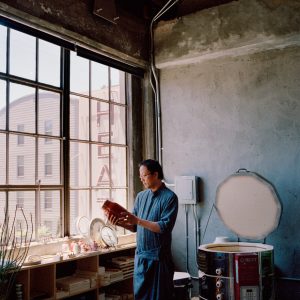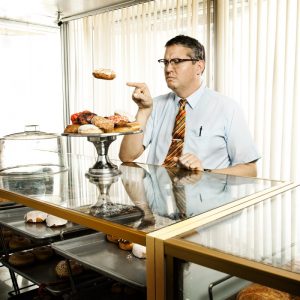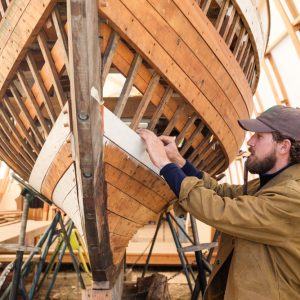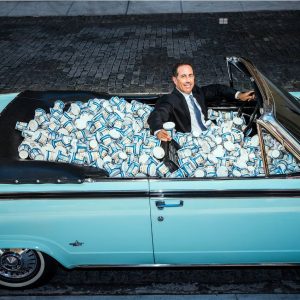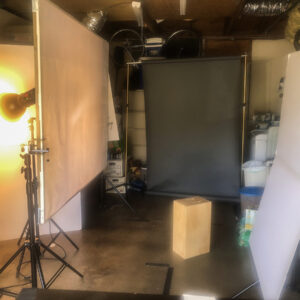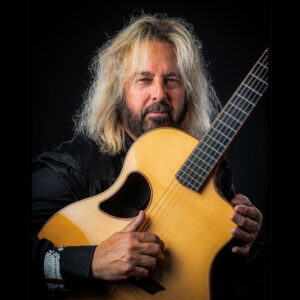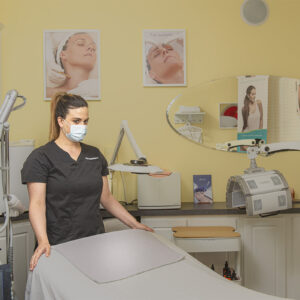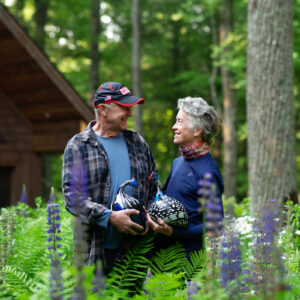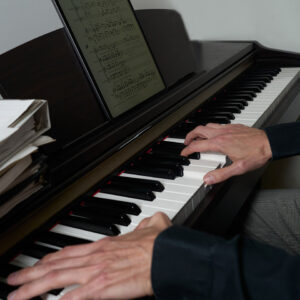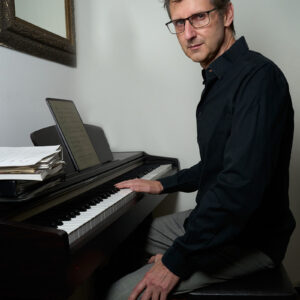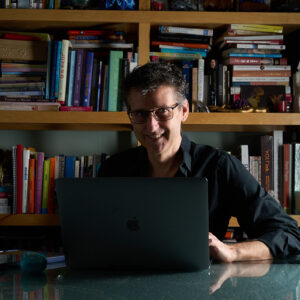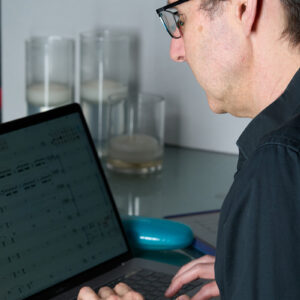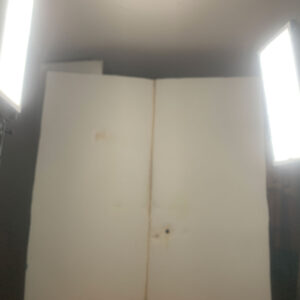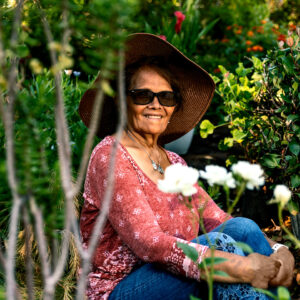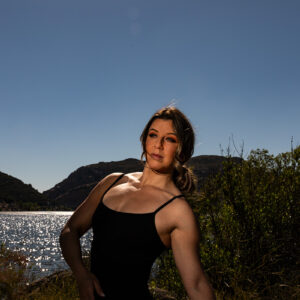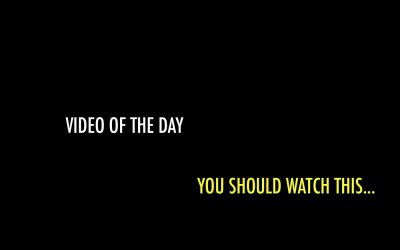What a terrific video above. Make sure you watch it at least once.
AN EDITORIAL PORTRAIT
THE BRIEF:
This is an editorial portrait. It is specifically for a regional magazine and it is all yours creatively.
This is far more of a challenge than it may seem at the first moment of excitement when the Art Director tells you that the advertorial will be running three pages in four different magazines, and your shot will be opening up the three pages… and they want you to do something creative.
“Hello, this is Don.”
“Hey Don, this is Art D’Recteur from Eezy-Peezy Advertising. We have been getting your emails and direct mail consistently for the last year and we think we may have a shot for you.”
“Cool, Art. Nice to talk to you. What is the timeframe for the assignment?” Might as well find out if it fits in your schedule now.
“We have nearly a two-week window, and we need you to handle it there locally since we do not have an office in your town.”
“Yeah, I can do it in the next two weeks… what are the deets?”
All the details of what they need and where to send the images and of course the fee structure is worked out and then this bombshell…
“Don, we need for you to do something really cool with this shot. It is very important to our client, but honestly not being there makes doing the creative a bit more challenging. We know you can do the creative.”
So it is up to you.
The article is about a charity that chooses a spokesperson once per year for their promotional work. This time they chose someone from your town because they did something so amazing. Whether philanthropic or entrepreneurial, the subject is chosen for the impact they have produced.
Who that is and what they did is your call… you explain to us what they did and why they are a hero by SHOWING us in the image. This is an image that is all about context. Context is what else is in the photograph to tell us what and who we are seeing in the image.
So we need to think about visual clues, props, body language, lighting, and composition. We use those cues to develop the context of the work.
Some GOOGLE images to review… not all are representative, but many are.
Brad Trent Example of an Editorial Portrait on Location.
NOTE… see his blog for lots more editorial work well explained.
Here are a few points that I want you to consider:
- Understand exactly what you want to say about the person you are photographing. Meet them beforehand if you can. If you cannot, then make sure you research as much as you possibly can before the shoot. This information will be instrumental in creating an image that shows context.
- Think about body language… Pride has a different body stance than contrition. Power is a set of poses that are not easily confused with submission. We KNOW this stuff in our minds, and we have got to get that knowledge into the photograph.
- Shadows. They can be a metaphorical tool or simply something to set a highlight against. Think of how people use the words and ideas of shadow when you are planning your photo.
- Light… the use of light is a metaphor that reaches all the way back to early Renaissance art. Flare “means” something. Light shafts can make the image represent a context that may not have been present in the natural space. And if you choose to use light shafts, do you do them “in camera” or do them later in post?
- Context will show us exactly who that person in the photograph is, and it will help explain the text that accompanies it. It can exist within the location, or simply be a prop or wardrobe choice that helps the viewer make connections.
THEY LIKE THESE:
Bringing Light To Life In Photoshop
A very good Pshop Video that can help your work. https://www.youtube.com/watch?v=ER7QUnx01LQ
Photographing a Musician with Aaron Nace
He takes you through the whole thing. https://www.youtube.com/watch?v=UH8K7s4kYqg&t=428s
Shooting a Musician’s Portrait
Short video. https://www.youtube.com/watch?v=6nZjJCZX8kE
HOW TO EDIT LIKE MONTANA MARTZ
Includes free preset. https://www.youtube.com/watch?v=Xu0Oh1fuh-w
HOW TO EDIT LIKE ALEX STROHL
Alex has a very fresh and interesting look to his images. https://www.youtube.com/watch?v=ZKAowKkwN_o
HOW TO EDIT LIKE FINN BEALES
A current fast rising photographer, Finn Beales is turning a lot of heads recently. https://www.youtube.com/watch?v=XbqqLnVDhIU
HOW TO EDIT LIKE SAM ELKINS
Sam Elkins is a young portraitist currently living in LA. https://www.youtube.com/watch?v=IwHGhpk1uJA
HOW TO SHOOT AND EDIT LIKE ANDREW KEARNS
Andrew Kearns is a young portraitist. I think this is a good glimpse into the way he thinks about shooting and editing. https://www.youtube.com/watch?v=A-gP8TSx06w
Using BLEND IF To Replace Parts of Images
BLEND IF is a very powerful tool when you want to make changes to an image. From changing the foreground to replacing a sky, this tool is a workhorse you should know about. https://www.youtube.com/watch?v=yAMXBYx0r5g&t=2s
HOW TO REMOVE ANYTHING IN PHOTOSHOP
Sometimes there is something totally distracting in our backgrounds - or foregrounds too, although those can be tricky if they are actually in front of our subject. Most of the time it is a background issue, and this is a pretty slick tutorial in how to get rid of...
Blending Different Light Temperatures in ACR and LR
Sometimes we have different lights in the same shot. Tungsten in a daylight scene, daylight in a window coming into a tungsten lit room. There are so many scenarios where you will have to blend the two light sources to make the image look more balanced and evenly lit...
Using the Clone Stamp
The clone stamp is one of our go-to features in Photoshop. It can be used well, and it can be used not so well. It is important to get to know the various ways to use this important tool. https://www.youtube.com/watch?v=MY023ZQJy0M

